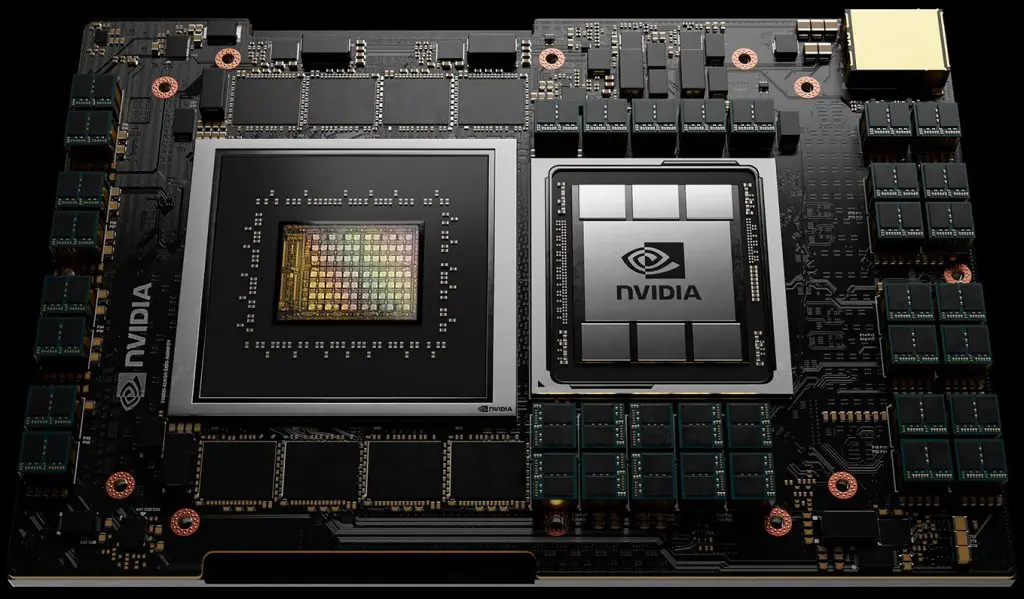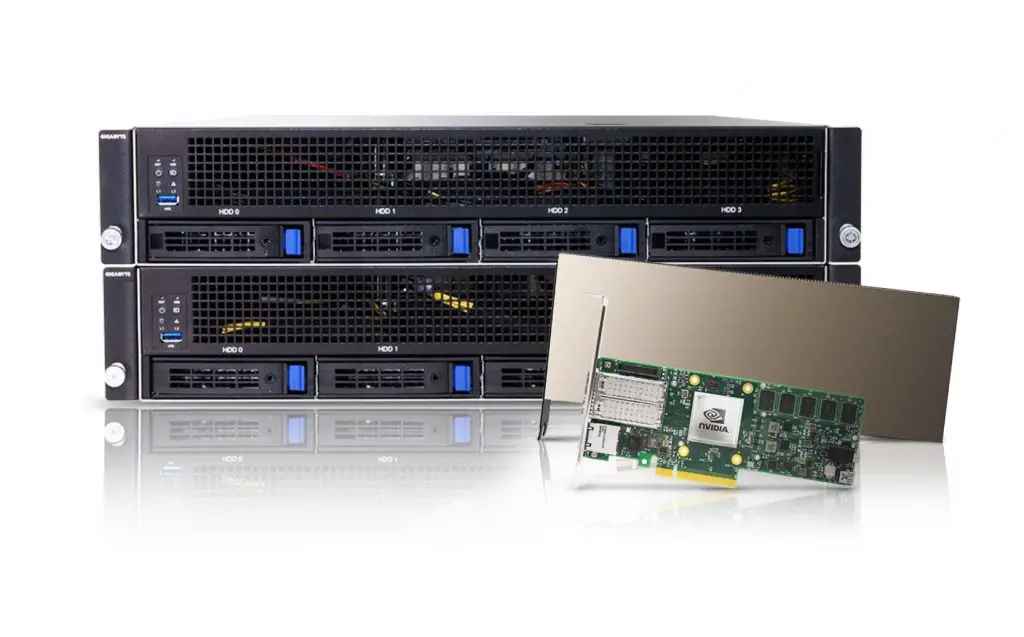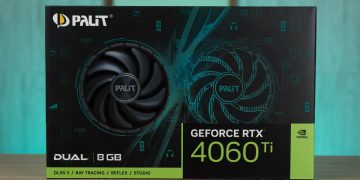NVIDIA CEO Jensen Huang has announced the company’s entrance to the CPU sector by announcing the new Grace CPU during last night’s NVIDIA GTC 2021 Keynote.
After years of dominating research fields and high performance computing in terms of GPU, NVIDIA’s introduction of the Arm-based Grace takes performance breakthrough to another level to combat the increased demand of workflows such as AI, natural language processing and recommender systems. Designed to be highly specialized in tasks such as next-generation NLP model training, NVIDIA promises at least 10 times more performance than current x86 based CPUs by using a full suite of in-house hardware made by the company. The Swiss National Supercomputing Centre (CSCS) and Los Alamos National Laboratory will be among the first to be equipped with Grace-powered supercomputers.
While AMD’s offerings currently has better cost-performance ratio for general loads, Intel managed to stay on top due to its optimization towards the AI and HPC field but NVIDIA is formally challenging the giant in these particular fields because they know what is exactly needed from years of experience developing training models for industry and commercial use. With the new Grace CPU, massive numbers can be crunched, processed and be fed to algorithms to create advanced AI models better than ever thanks to the 4th-generation NVLink technology providing 900GBps connection between Grace and NVIDIA GPUs.
Additionally, the LPDDR5X memory subsystem will be able to combine with the GPU’s HBM memory stack as the new architecture built upon Grace is capable of address all of them in one go. For users, full suite of CUDA and CUDA X Libraries alongside HPC Dev Kits will be supplied to researchers and scientists around the world. Commercial availability is expected to begin starting early 2023.
Aside from the new CPU, NVIDIA also revealed new collaboration projects with Amazon Web Service (AWS) by announcing new EC2 instances powered by the similar Graviton2 and RTX GPUs. These new virtual environments will be particularly useful for Android game developers as games can be directly executed natively without any emulation. A new ARM HPC Dev Kit will also be made available to enable engineers to start experimenting new features and experience the performance increase first-hand to find out the computing limit that will come out during Q3 of this year.
Sounds like NVIDIA is letting the industry to try out the new architecture combination through the AWS partnership while the actual good stuff will come out 2 years later and stomp everyone else to the ground.











